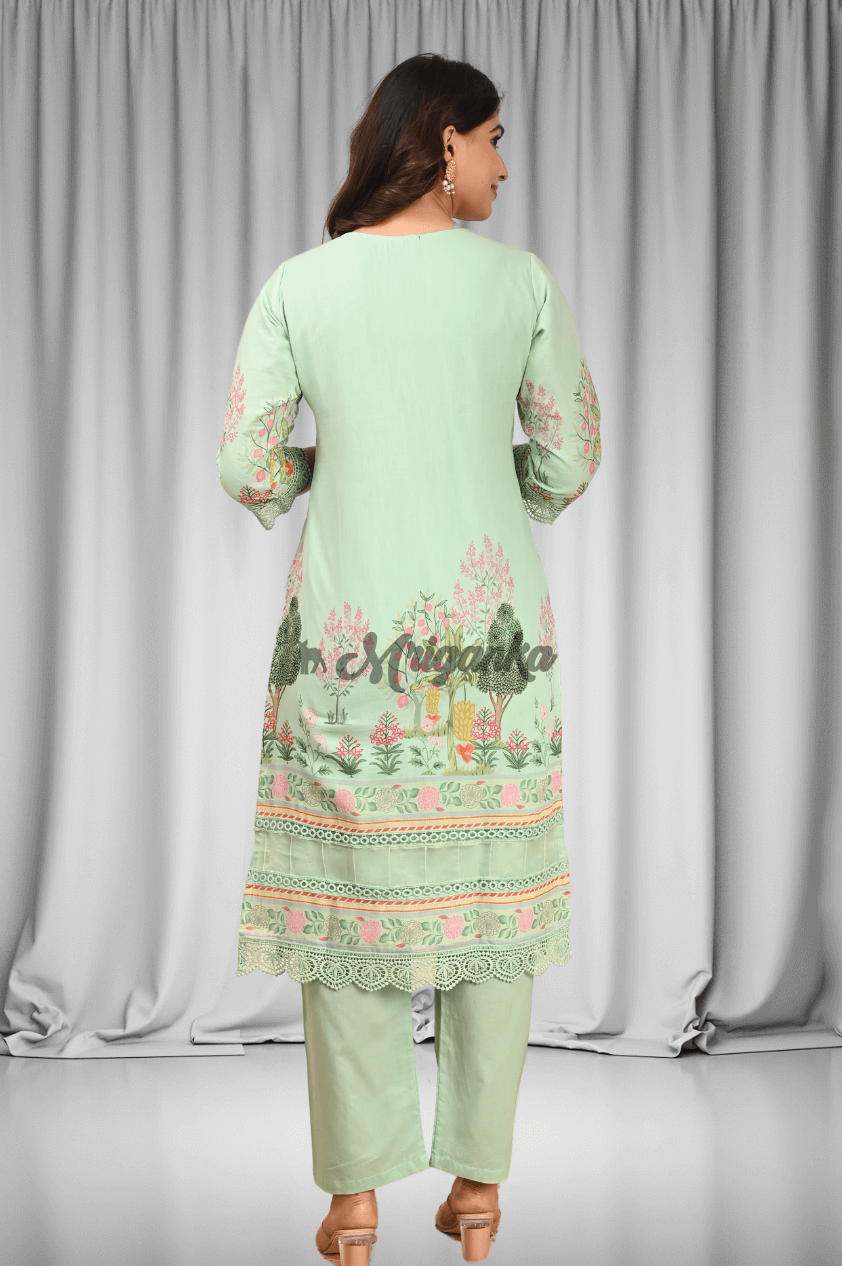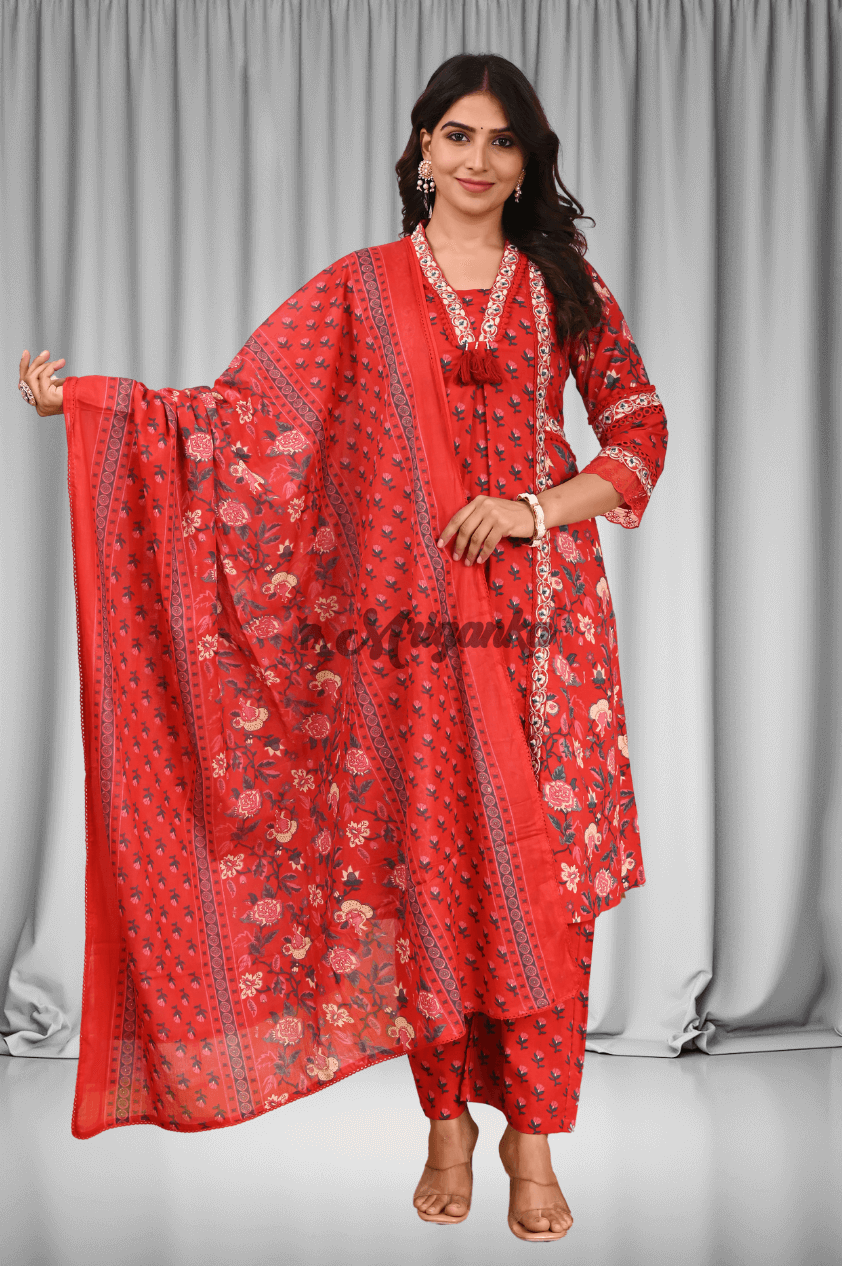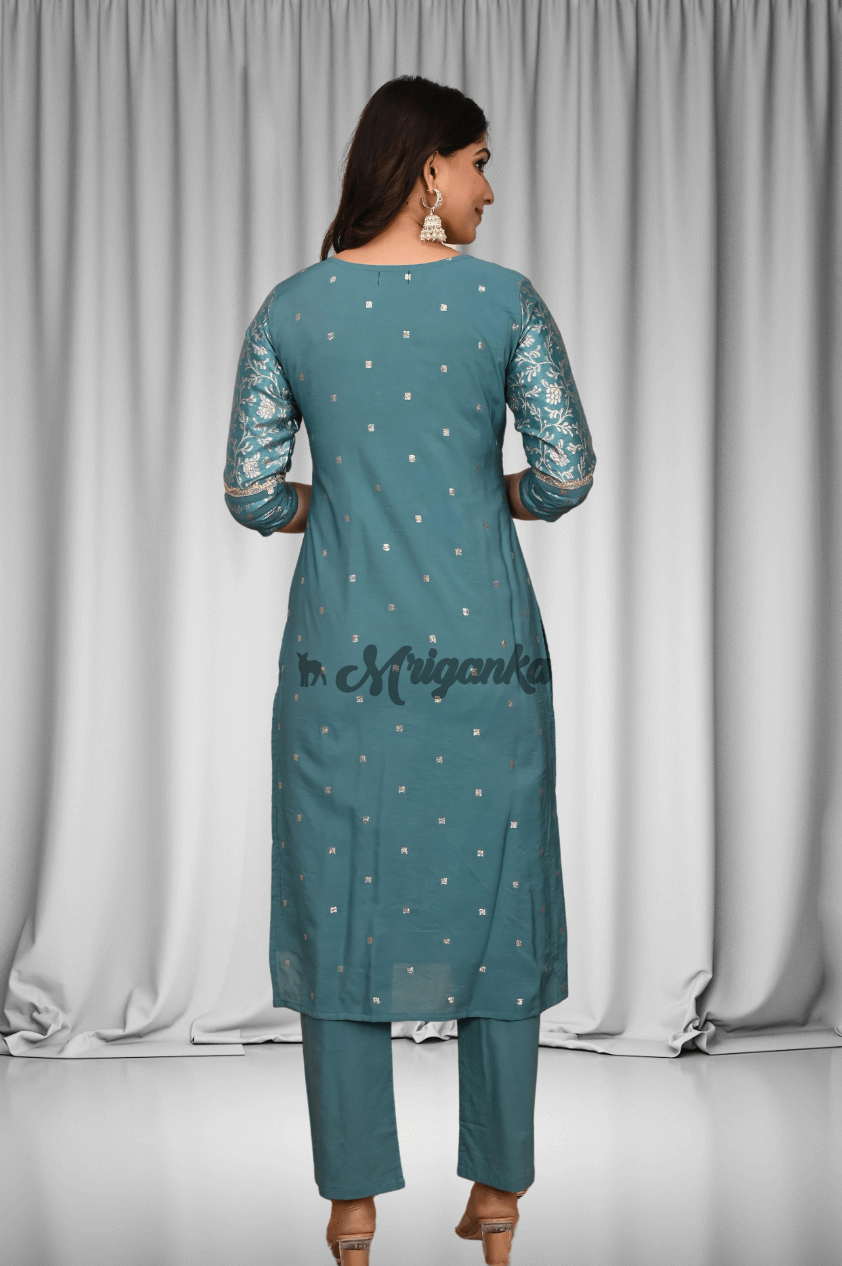How to Use Color Theory When Choosing a Sharara Dress
How to Use Color Theory When Choosing a Sharara Dress
Choosing the perfect Sharara dress can be a daunting task, especially when considering factors such as your skin tone, occasion, and personal style. One helpful tool that can guide you in making the right choice is color theory. By understanding the principles of color theory and how different colors work together, you can create a stunning outfit that not only complements your features but also suits the mood of the event you're attending. Let's explore how you can use color theory to choose a beautiful Sharara dress that flatters you in every way.
Understanding Color Theory
Color theory is the study of how colors interact with each other. It helps us understand the relationships between different hues and how they can be combined to create visually appealing combinations. One of the fundamental concepts in color theory is the color wheel, which is a visual representation of the spectrum of colors, arranged in a circular format.
The color wheel is divided into three main categories: primary colors (red, blue, and yellow), secondary colors (orange, green, and purple), and tertiary colors (red-orange, yellow-orange, yellow-green, blue-green, blue-purple, and red-purple). By understanding the relationships between these colors on the color wheel, you can create harmonious color combinations that work well together.
Choosing Colors Based on Skin Tone
When selecting a Sharara dress, one of the most important factors to consider is your skin tone. Different colors can either enhance or detract from your natural complexion, so it's essential to choose shades that complement your skin tone.
For those with warm undertones, colors like red, orange, and yellow can enhance your complexion and bring a healthy glow to your skin. Consider opting for earthy tones and warm neutrals for a flattering look. On the other hand, individuals with cool undertones may look best in colors like blue, green, and purple, which can complement their skin tone and create a harmonious balance.
Dressing for the Occasion
The occasion for which you're selecting a Sharara dress is another crucial factor to consider when choosing colors. Different events and settings call for varying color palettes, so it's essential to match your outfit to the mood of the occasion.
For formal events such as weddings or evening parties, rich and luxurious colors like deep reds, emerald greens, and royal blues can create a sophisticated and elegant look. On the other hand, for daytime events or casual gatherings, light and airy colors like pastels or soft neutrals can exude a sense of freshness and simplicity.
Expressing Your Personal Style
Your personal style plays a significant role in determining the colors you choose for your Sharara dress. Whether you prefer bold and vibrant hues or subtle and understated tones, your outfit should reflect your individual taste and personality.
If you're someone who loves to make a statement with your fashion choices, don't be afraid to experiment with bright and eye-catching colors that reflect your bold personality. On the other hand, if you prefer a more understated and classic look, opting for neutral colors like black, white, or navy can create a timeless and elegant ensemble.
Creating Stunning Outfits with Color Coordination
Once you've considered your skin tone, the occasion, and your personal style, it's time to put your outfit together with color coordination in mind. One simple yet effective way to create a visually appealing outfit is by using complementary colors.
Complementary colors are hues that are opposite each other on the color wheel, such as red and green, blue and orange, or yellow and purple. When paired together, complementary colors create a striking contrast that can make your outfit stand out.
Another approach to color coordination is monochromatic dressing, which involves wearing different shades of the same color. This can create a sleek and sophisticated look that is both stylish and easy to pull off.
The Psychology of Color in Fashion
Color psychology plays a significant role in how we perceive and react to different colors. Certain hues can evoke specific emotions and moods, so it's essential to consider the psychological impact of the colors you choose for your Sharara dress.
For example, red is often associated with passion and energy, making it a great choice for creating a bold and vibrant look. In contrast, blue is known for its calming and soothing qualities, making it ideal for creating a sense of peace and tranquility in your outfit.
Final Thoughts
Choosing a Sharara dress that complements your skin tone, occasion, and personal style is made easier when you incorporate color theory principles into your decision-making process. By understanding how colors work together and the impact they have on our perception, you can create stunning outfits that reflect your individuality and make a lasting impression.
Remember to consider factors such as your skin tone, the occasion you're dressing for, and your personal style when selecting colors for your Sharara dress. Whether you prefer bold and vibrant hues or subtle and understated tones, using color theory can help you make informed choices that result in a beautiful and harmonious outfit that suits you perfectly.
Share this post:
















